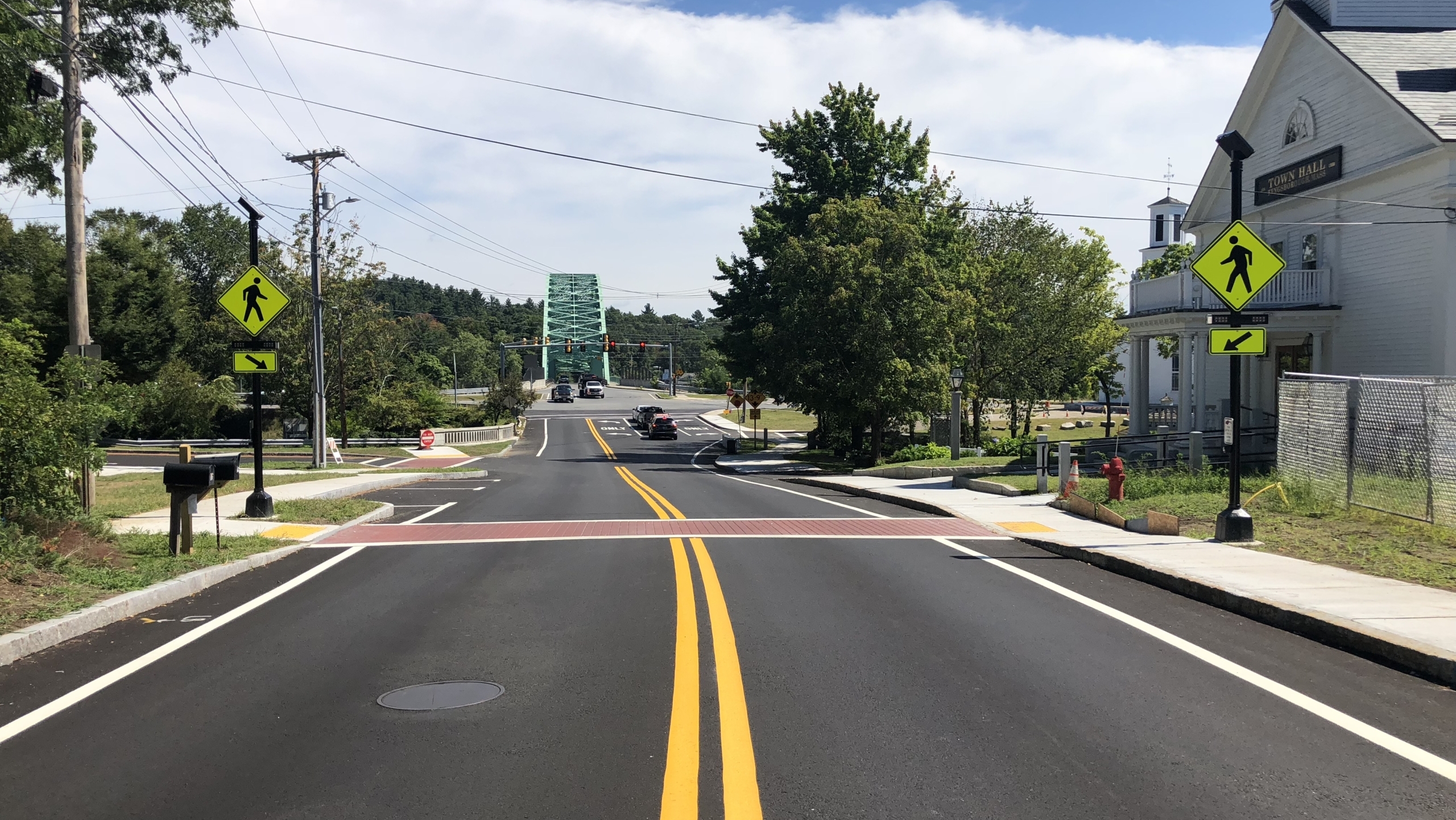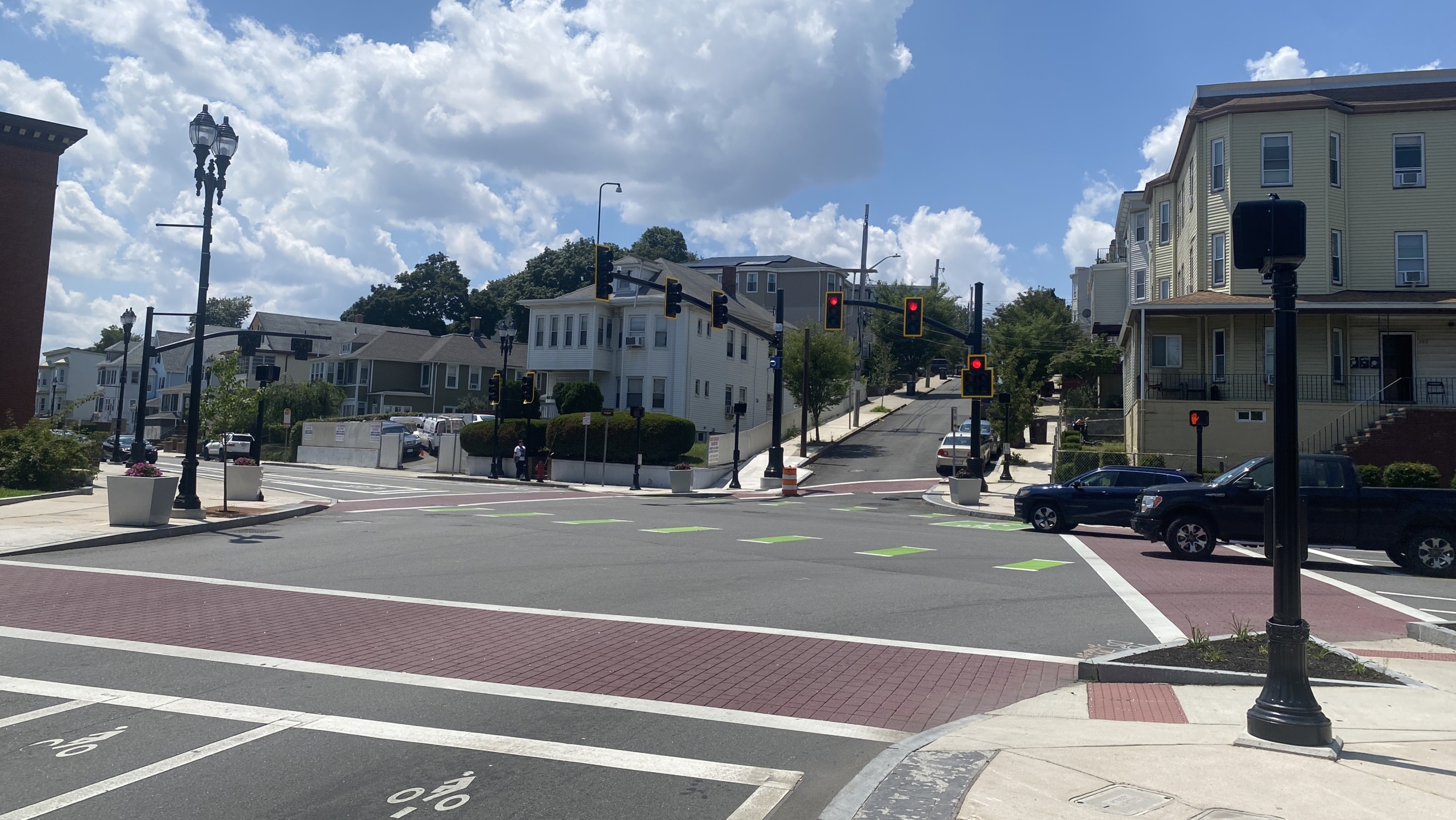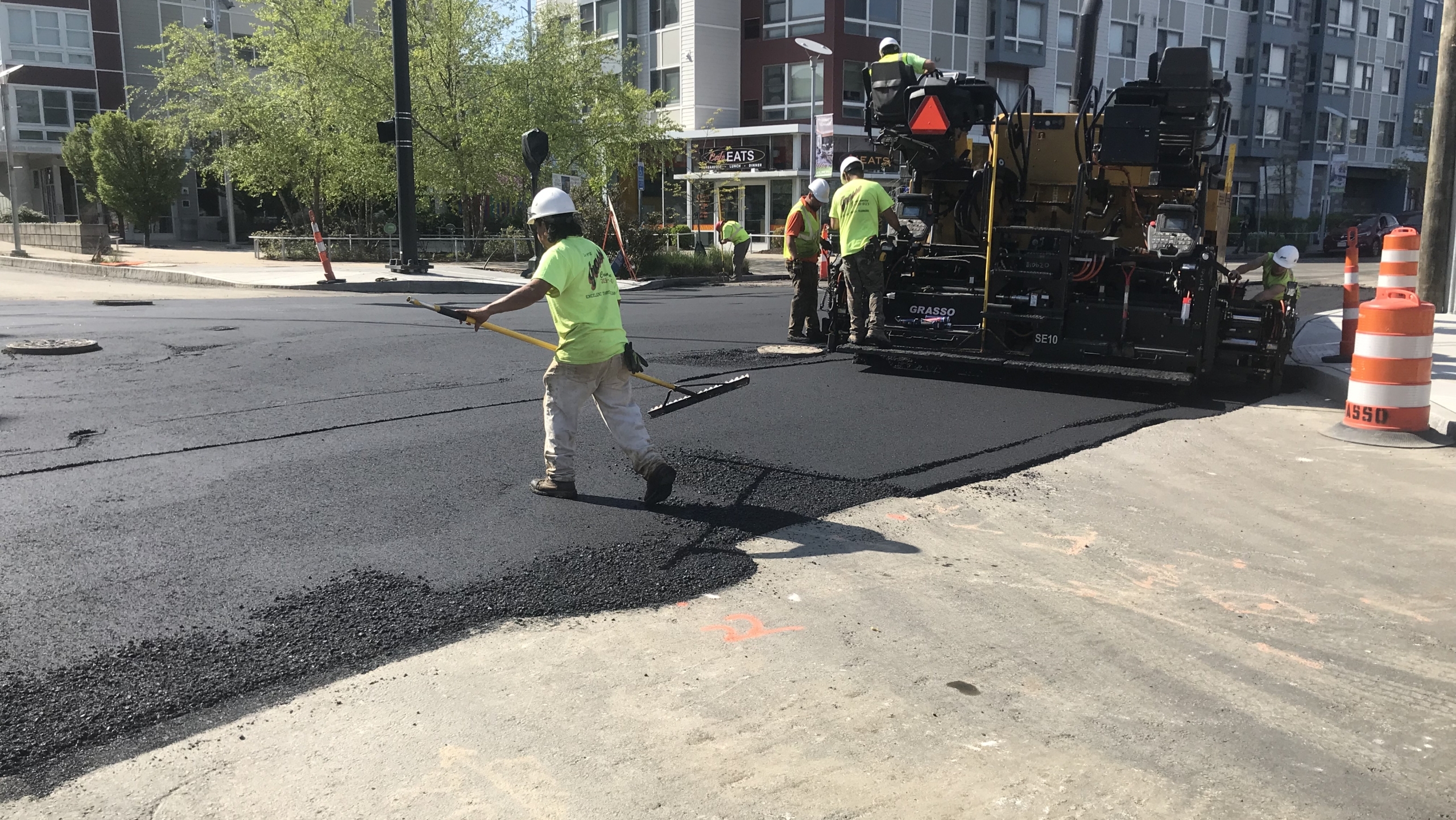Improving Maintenance & Capital Planning with Pavement Management
Our transportation specialists are consistently on the lookout for technical solutions that help communities collect, analyze, and deliver data more effectively. One solution is pavement management programs (PMPs), which serve as an important guide for communities and agencies responsible for roadway and infrastructure maintenance. Given that streets and highways are valuable public assets and require a systematic approach to upkeep, Project Manager Joe McGuire shares, “Without a PMP, these assets can quickly deteriorate, leading to higher repair costs and public dissatisfaction. The PMP allows owners to better understand their pavement assets and how to preserve them.”
The development of a PMP entails a structured, multi-step method, starting with a comprehensive inventory of the road network itself. This data is then analyzed to model deterioration patterns and categorize potential treatment recommendations. Preservation of roads is a major component to creating a balanced PMP, and our approach focuses on identifying roads and treatments that can extend the overall service life of a road. The result of the analysis is the foundation for a multi-year capital improvement plan (CIP) that prioritizes projects based on need, cost-effectiveness, and available budget. Our pavement team also looks to leverage other asset data to be integrated into the plan, resulting in a multi-asset comprehensive CIP.
By clearly indicating where and how budgets are being spent, transparency allows for buy-in from all parties and stakeholders, which strengthens the overall longevity of the PMP in place. With the ability to model various budget scenarios and treatment methods, community leaders can advocate for the necessary funding that ultimately achieves the overall goal of the community.
Our pavement management specialists use data to help clients understand and manage these pavement assets. Through partnership with our Geographic Information Systems (GIS) team, this data-driven approach supports asset visibility, planning, prioritization of maintenance, and budget forecasting. It also reduces long-term costs and disruptions, while keeping pavement networks safe and reliable. A well-developed pavement management program can deliver smarter insights and stronger budgets that lead to more sustainable infrastructure funding strategies for communities around the Northeast.
Some notable pavement management plan case studies include:

Tyngsborough, MA
We worked with Tyngsborough to complete a pavement inspection program and develop a Pavement Management database. In turn, this supported the creation of a multi-year roadway Capital Improvement Plan, roadway condition mapping, repair strategies, and maintenance tracking. The database was designed for future expansion to include inventory, compliance review, and capital investment planning for other municipal assets such as traffic signals, signs, guardrails, and curb ramps, while the roadway inventory covered approximately 72 lane miles of publicly accepted roads.

Everett, MA
The pavement inspection program and comprehensive Pavement Management System database we developed for the City of Everett was designed for scalability. It incorporates inventory, compliance review, and capital planning for additional municipal assets, including traffic signals, signs, guardrails, and curb ramps. The inventory covers 60 lane miles of publicly accepted roadways. We also collaborated to establish a multi-year Capital Improvement Plan to align roadway projects with funding priorities, and oversaw the design and implementation of the annual road program.

Ayer, MA
Our work for Ayer included a town-wide pavement inspection and Pavement Management database, which supported development of a multi-year roadway capital improvement plan, condition mapping, and data management for roadway inspections and repairs. The database can be expanded to include inventory, compliance review, and capital planning for municipal assets such as traffic signals, signs, guardrails, and curb ramps; the roadway inventory encompassed 45 lane miles of publicly accepted streets.


